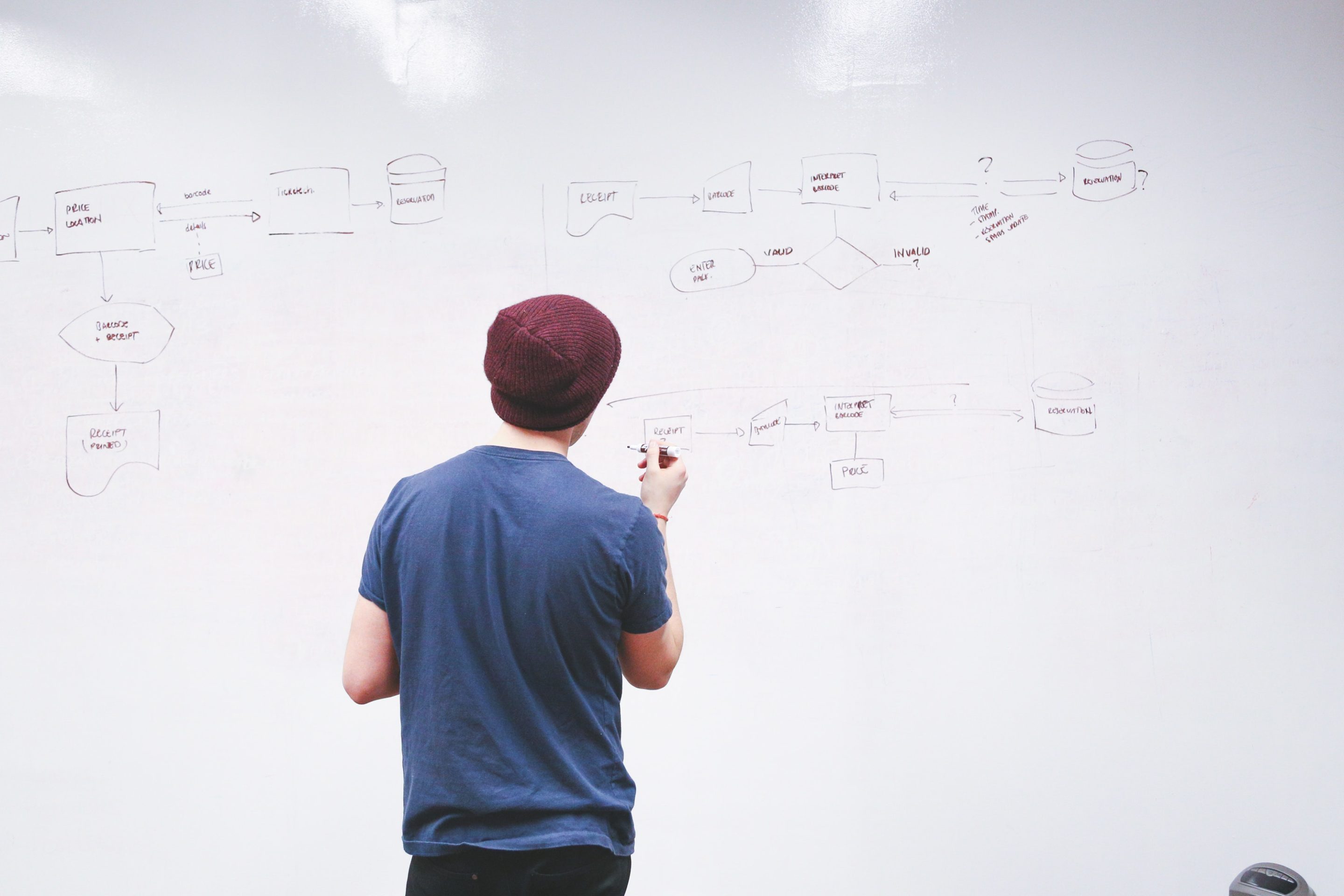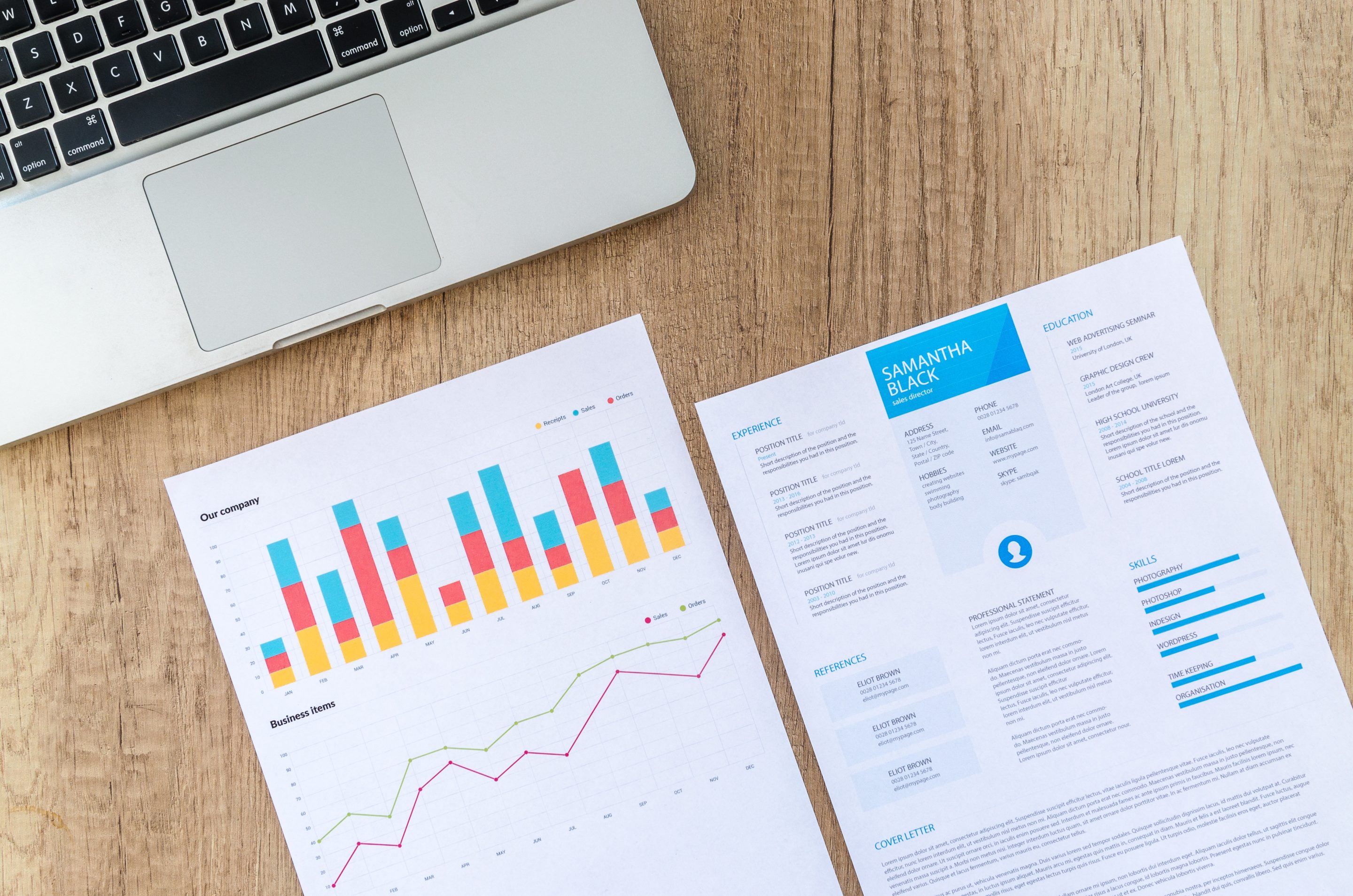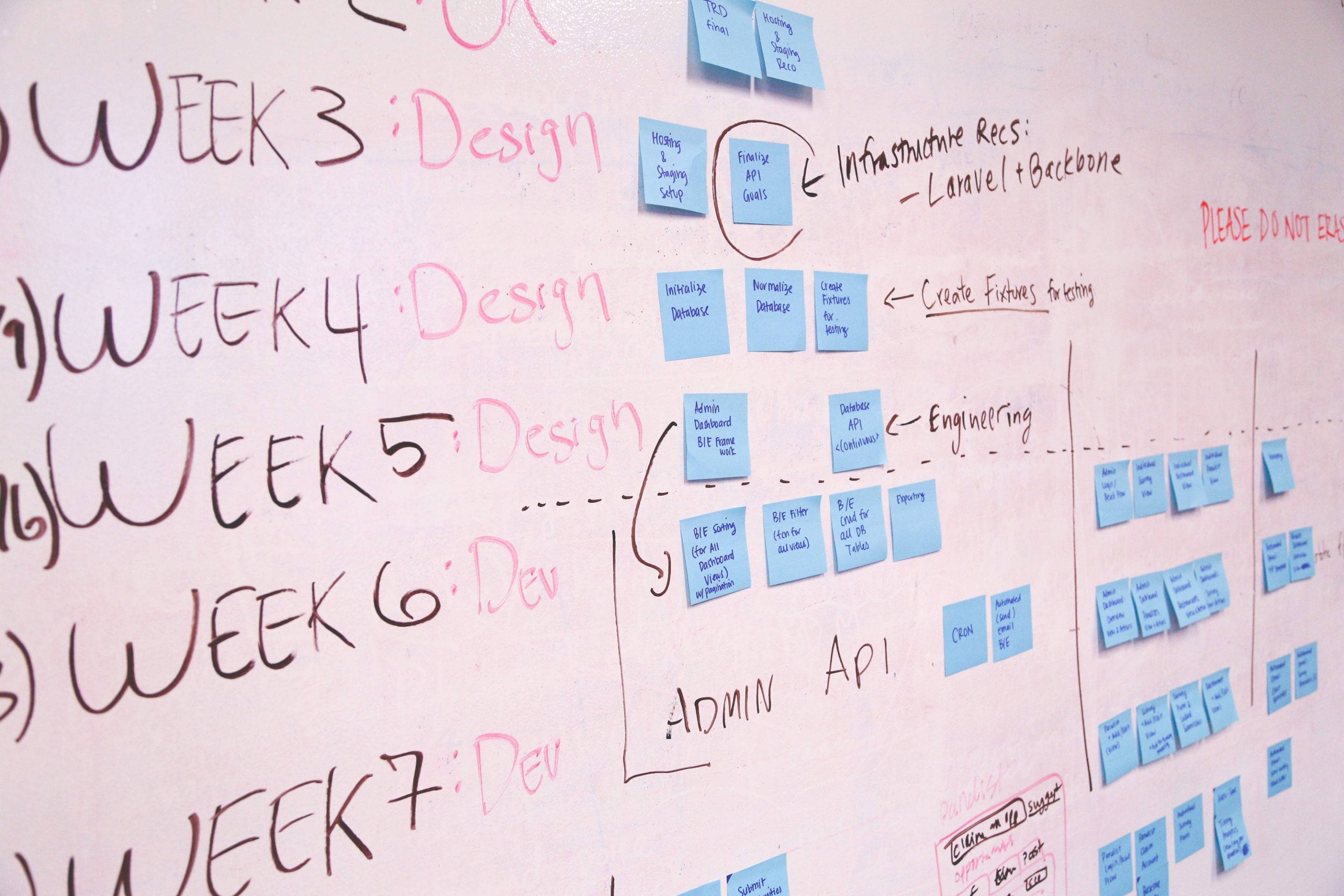DIGITAL PRODUCT DESIGN
Realize market opportunities, defining first what stands in their way, determine
Similarly to customer experience design, the marketplace is constantly demanding the next best thing from you and your brand. Therefore it is pivotal to understand that digital product design a continuous process.
Even more frustrating can be the fact that users don’t know what they want from your product until it’s included.
Our approach to Digital Product Design
The product design process encompasses those aspects of what your desired output represents; while adhering to our digital best practices.
Utilizing in-depth industry research, product designers are forced to conceptualize what they may think the product should think and do while evaluating how receptive their intended audience will be to those ideas.
This is possible
Analyzation
- Accept the Situation: Our designers commit to the project they’re taking on and set the course for finding a solution to the problem they face. Our goal is to solve the problem most efficiently through the unity of our resources.
- Analyzation: Here, research can begin. We gather broad and niche information about your idea and market, and figure out how potential problems associated between the two can be resolved.
Conceptualization
- Definition: The thesis of the product is defined in this stage. The problems (and coinciding solutions) associated with the potential product become the objective of our team, which in turn sets the stage for how the new product will eventually be assembled. Our mission is to simultaneously please the consumer while working to the specifications you envision.
Synthesization
- Ideation: The problems are defined, but how can they be resolved? Our team utilizes resources to brainstorm ideas on how to best attack the obstacle. Value is placed on applicable originality.
- Selection: By covering the full spectrum of broad to niche ideations, we’ve narrowed down where to place our focus. We test these ideas to guarantee market success, and from there forge the model to take us there.
- Implementation: A working prototype of the product is constructed according to the roadmap outlined in the ‘Selection’ stage, while a concrete product emerges.
- Evaluation: The product is tested, and improvements are subsequently included. Since product design is a continuous process, we repeat the process with the product features that require further enhancement.
Digital Product Design Output
As designers, our mission is to pair your vision with our expertise to create new products that your customers can appreciate.interest.

Research & Insight – Internal and external stakeholder research informs the product team to the customer journey, product goals, how they play into your strategy and what your desired outputs are.

Personas – Building on the research and insight report, we extrapolate personas that will act as key players in the day to day use of the product. These are fictional representations of customers and users defined from stakeholder insights.

User Journey Mapping –
The user journey gives us an understanding of key product features, the customer experience, and acts as the basis for the hierarchy. Providing justification for which features are most important to your product’s users.

Landscape Analysis – identifies the direct and indirect competitors that collectively form our consideration set. The analysis will includes mission, vision, values, core ideas, served markets and verticals, market readiness fit, and product features and capabilities.

Product Definition & Visual Information Architecture – The product definition builds from our knowledge of the market, and personas, and takes the user on a simulated journey through the product. This stage informs our team of those features that will need to be built for each core user.

Product Roadmapping –
We extrapolate what features must be included in the initial product, and what should be slated for inclusion later, once the product team is more informed around KPIs, user needs, and goals.
Moving into the product architecture.
Building a product is much like building a house – before you architect it, you have to understand who’s going to live here, how many rooms it will have, and what purpose they’ll serve. Once it’s architected and defined you can move into the design and engineering. But unlike a house – a product’s journey really begins the day it’s launched. It’s a continuous process, our work isn’t over upon release, it’s just the beginning.
Your product without compromise, that’s how we solve digital here at SWARM.
LET'S SOLVE DIGITAL, GET IN TOUCH
Product Design Case Studies
Cargill Bumper, Quidd, Propel/Fresh EBT, Advance
